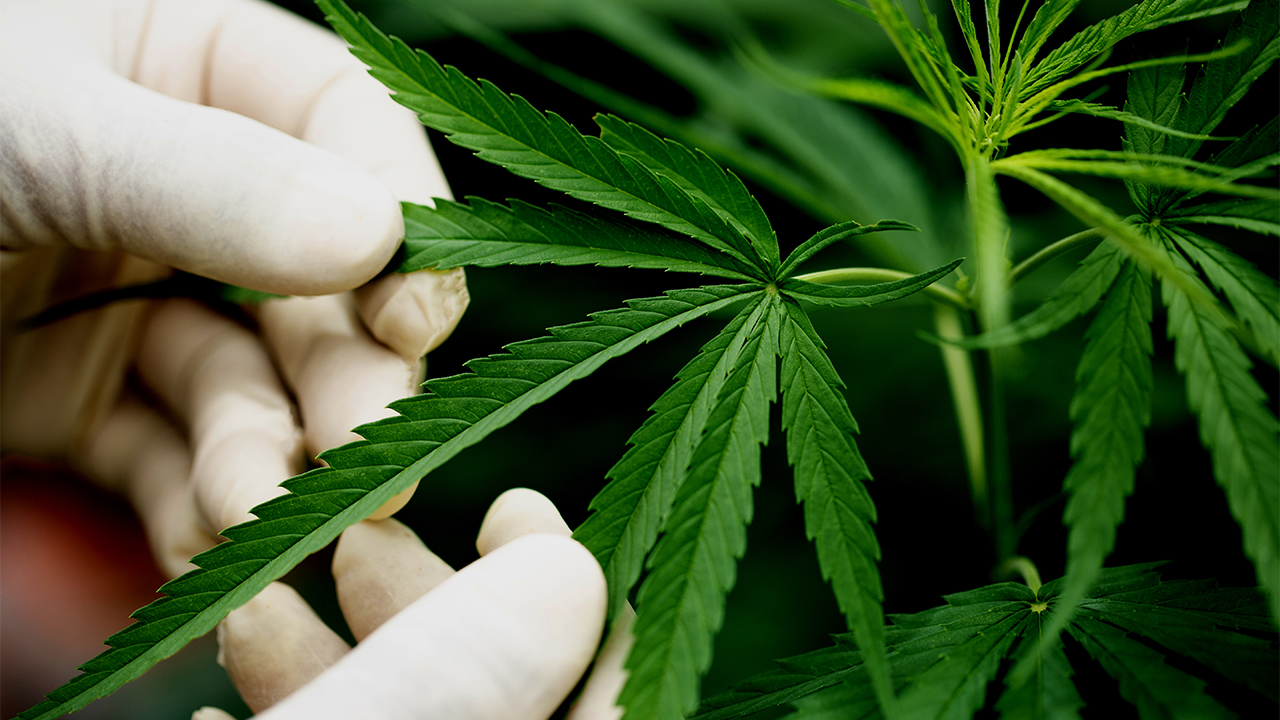Marijuana is one of the most commonly used drugs which is used by most of the individuals. Even though many countries have legalized marijuana use for reaction and medical purposes, this drug still remains illegal at the federal level in the United States.
The cannabis plant is a hyperaccumulator of metals which is found in soil, pesticides, water and fertilizers or it’s considered as a metal scavenger. In unfiltered marijuana smoke and vaping devices, high concentrations of metals have been detected. The contamination of metals and metalloids, which are collectively referred to as metals, in marijuana could manifest during the production of cannabis plants, which could significantly harm people.
The levels of metallic contaminants such as cadmium (Cd), arsenic (As), lead (Pb), and total mercury (Hg) in marijuana products are legally regulated.
Exposure to these metals is linked with an increased risk of cancer and cardiopulmonary disease; therefore, it’s very important to evaluate metal contaminants in marijuana.
The present National Health and Nutrition Examination Survey (NHANES) at U.S. Centers for Disease Control and Prevention (CDC). The main goal of NHANES is to estimate the health and nutritional levels of individuals living in the U.S.
The present study acquired NHANES data between 2005 and 2018 to investigate more geographically diverse samples. From 70,190 NHANES participants, 10,921 participants provided data on metal present in their blood and urine samples.
Individuals of 18 years and above were included in this study. A total of 7,254 participants were considered, as they fulfilled all eligibility criteria.
Inductively coupled plasma dynamic reaction cell mass spectrometry (ICP-DRC-MS) and high-performance liquid chromatography (HPLC) were used to assess the concentrations of many metals from blood and urine samples.
To define marijuana and tobacco use by participants, four NHANES variables were used. These included recent marijuana use, self-reported marijuana use, serum cotinine levels and current cigarette smoking.
Studies indicate that compared to non-users, average exclusive marijuana users were more likely to be younger, educated, be non-Hispanic White males, have a higher income and have a lower body mass index (BMI).
From the participants who were not presently using marijuana or tobacco, 47% reported the use of marijuana in their lifetime.
When compared to exclusive marijuana users, Cd levels were significantly higher in exclusive tobacco users. This difference in Cd levels could be due to differences in often use or differential Cd accumulation in tobacco and cannabis plants.
Similar Pb concentrations were measured in both biospecimens collected from exclusive tobacco and marijuana users. People who used both marijuana and tobacco also had higher levels of Pb and Cd as compared to non-users.
In the future, the long-term exposure of these metals to human health must be evaluated and also the presence of other cannabis contaminants should also be investigated to understand the outcome on the health of cannabis users.








